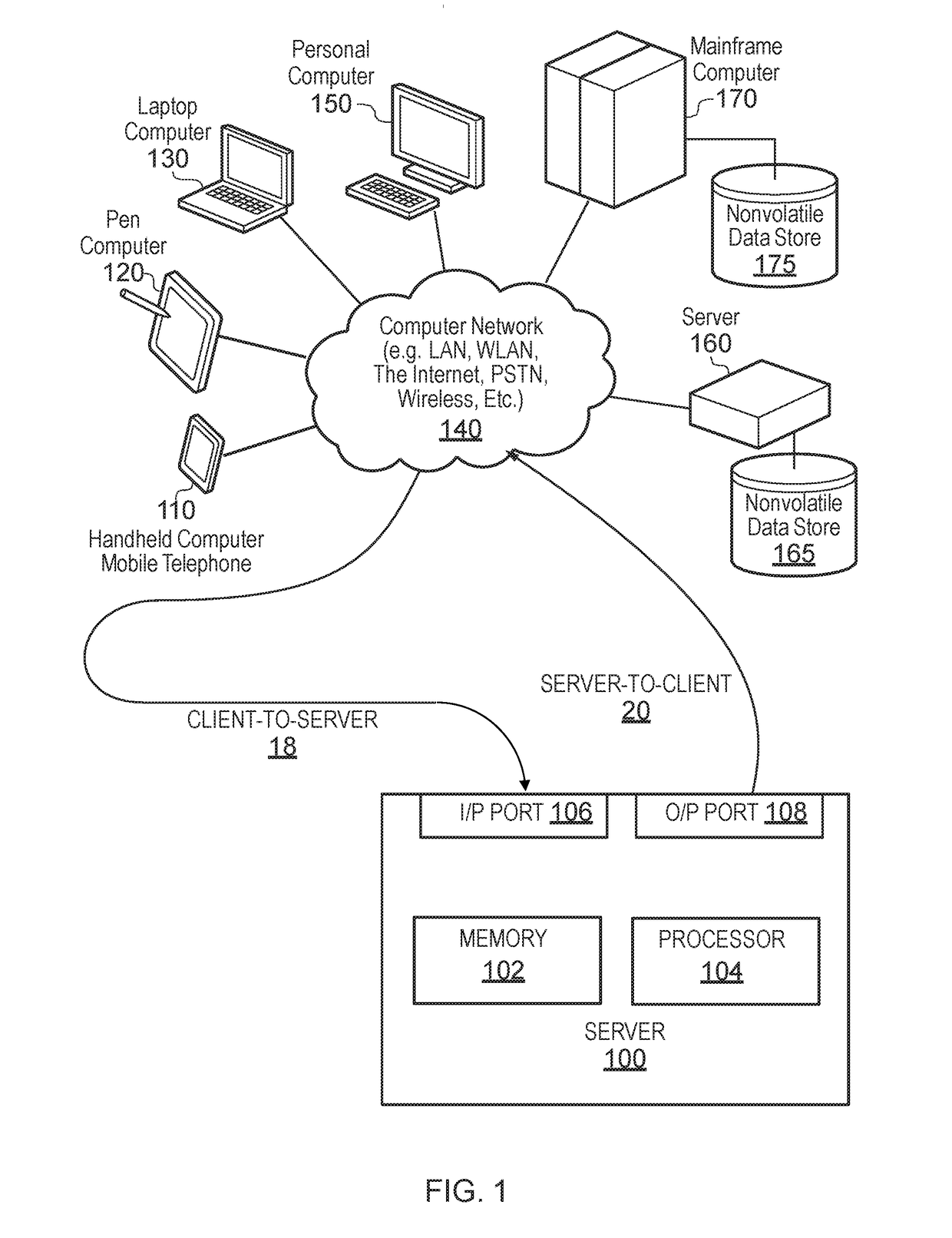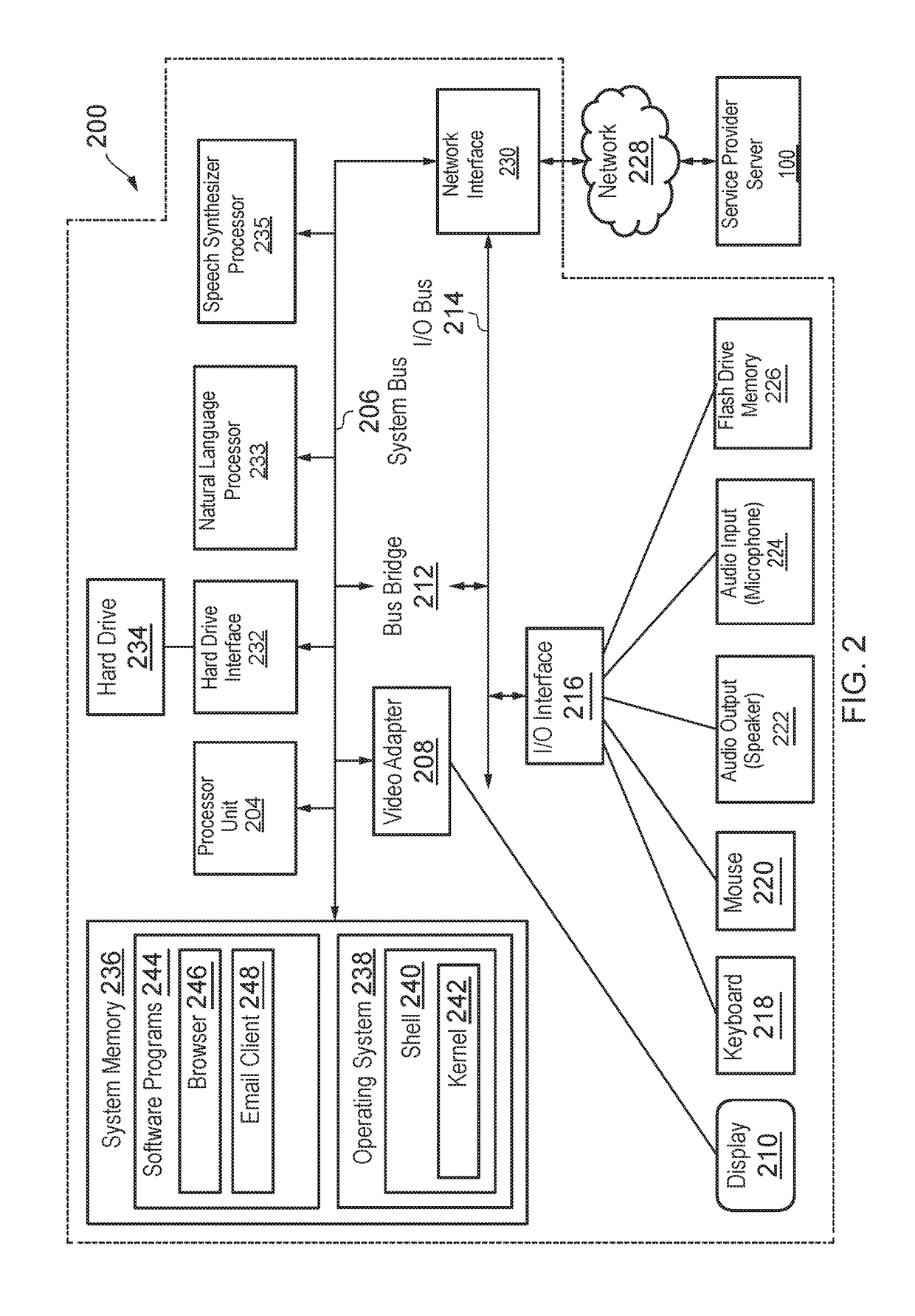Secure client-server communication
a client-server and client-server technology, applied in the direction of electrical equipment, location information based services, transmission, etc., can solve the problems of storing a credential locally, preventing the automatic sending of credentials, and preventing the transmission of credentials
- Summary
- Abstract
- Description
- Claims
- Application Information
AI Technical Summary
Benefits of technology
Problems solved by technology
Method used
Image
Examples
Embodiment Construction
[0021]To solve the limitations discussed in the Background section, the present invention discloses a mechanism which, for each client-server connection, pairs a client-side credential, such as a JWT token, with a server-side credential, such as a random value, that cannot be accessed by the client. The pairing mechanism protects the client-side credentials (e.g., tokens) from being used when stolen as a result of XSS attack, while also not exposing the server-side APIs to CSRF attack. The security advantages of traditional web applications against XSS attacks are thus combined with the security advantages of modern, client-side located web clients against CSRF attacks.
[0022]According to one aspect of the disclosure, there is provided a client-server connection method performed by a server to establish a secure communication channel with a client, the method comprising:
[0023]receiving a request from a client to establish a secure communication channel;
[0024]generating a client-side ...
PUM
 Login to View More
Login to View More Abstract
Description
Claims
Application Information
 Login to View More
Login to View More - R&D
- Intellectual Property
- Life Sciences
- Materials
- Tech Scout
- Unparalleled Data Quality
- Higher Quality Content
- 60% Fewer Hallucinations
Browse by: Latest US Patents, China's latest patents, Technical Efficacy Thesaurus, Application Domain, Technology Topic, Popular Technical Reports.
© 2025 PatSnap. All rights reserved.Legal|Privacy policy|Modern Slavery Act Transparency Statement|Sitemap|About US| Contact US: help@patsnap.com



